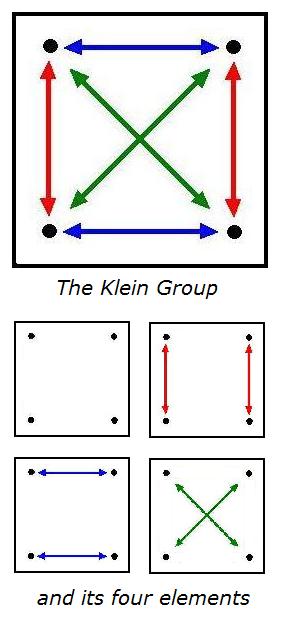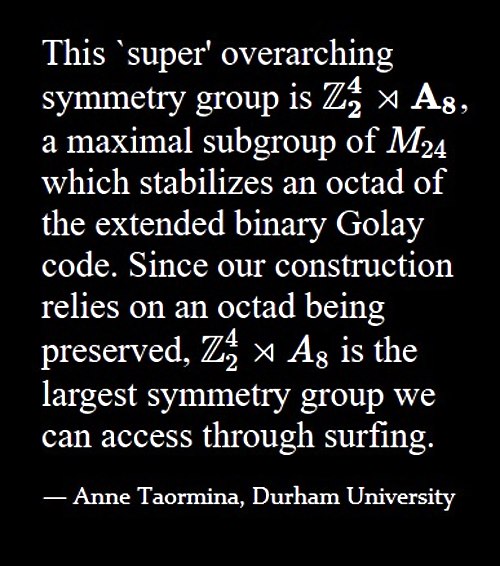Tom Wolfe on art theorists in The Painted Word (1975) :
"It is important to repeat that Greenberg and Rosenberg
did not create their theories in a vacuum or simply turn up
with them one day like tablets brought down from atop
Green Mountain or Red Mountain (as B. H. Friedman once
called the two men). As tout le monde understood, they
were not only theories but … hot news,
straight from the studios, from the scene."
Anthony Lane in The New Yorker on June 2, 2023 —
"The album cover was a minor but deliriously popular art form
that was limited not just by shape—a neat fit, incidentally, for
the square format favored by many modish photographers of
the sixties—but also by the prospect of its own inevitable death.
Technology gave, and technology hath taken away."
See as well a mountain along with red and green album covers
in this journal on June 8.
Some will prefer the green and red crystal from Melencolia I
(adapted from the uncolored original) on the cover of the
1948 edition of Doctor Faustus.


























